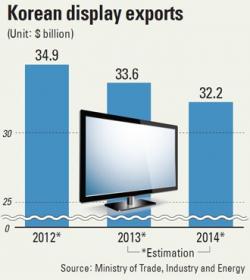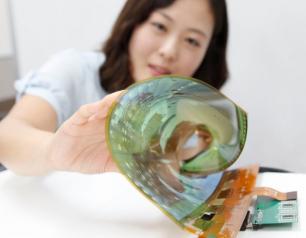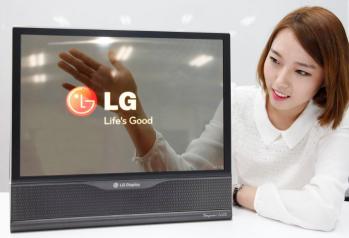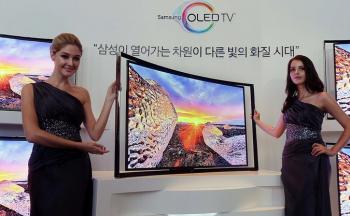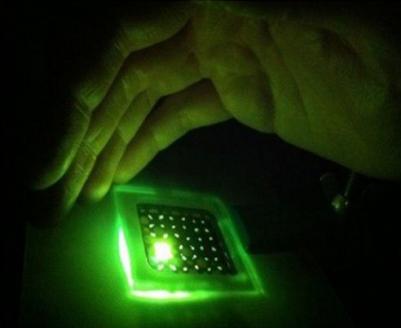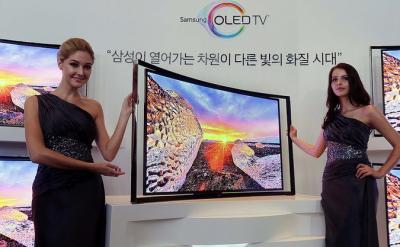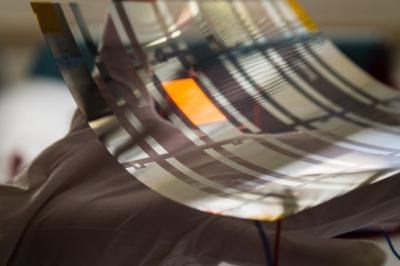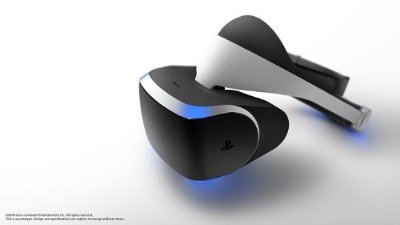Samsung Display wants more AMOLED customers besides Samsung Electronics
There's a somewhat confusing report from ZDNet Korea, saying that Samsung Display's CEO is saying that Samsung Electronics is SDC's only AMOLED client, which is a problem for Samsung Display.
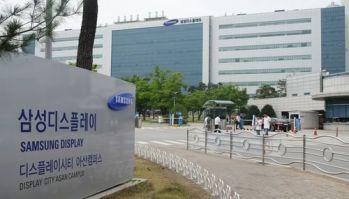
This is somewhat surprising. First of all, it is true that Samsung Electronics is by far the largest AMOLED client - which is good for Samsung Group. The OLED displays helped make SE the world's largest smartphone market, and it's quite natural that they will provide them with the latest OLEDs first, as differentiators. Second, we know that SDC is supplying OLEDs for many companies - including Nokia, Motorola, Blackberry, Panasonic, Nikon, Oculus, Pantech, BLU and Gionee.


